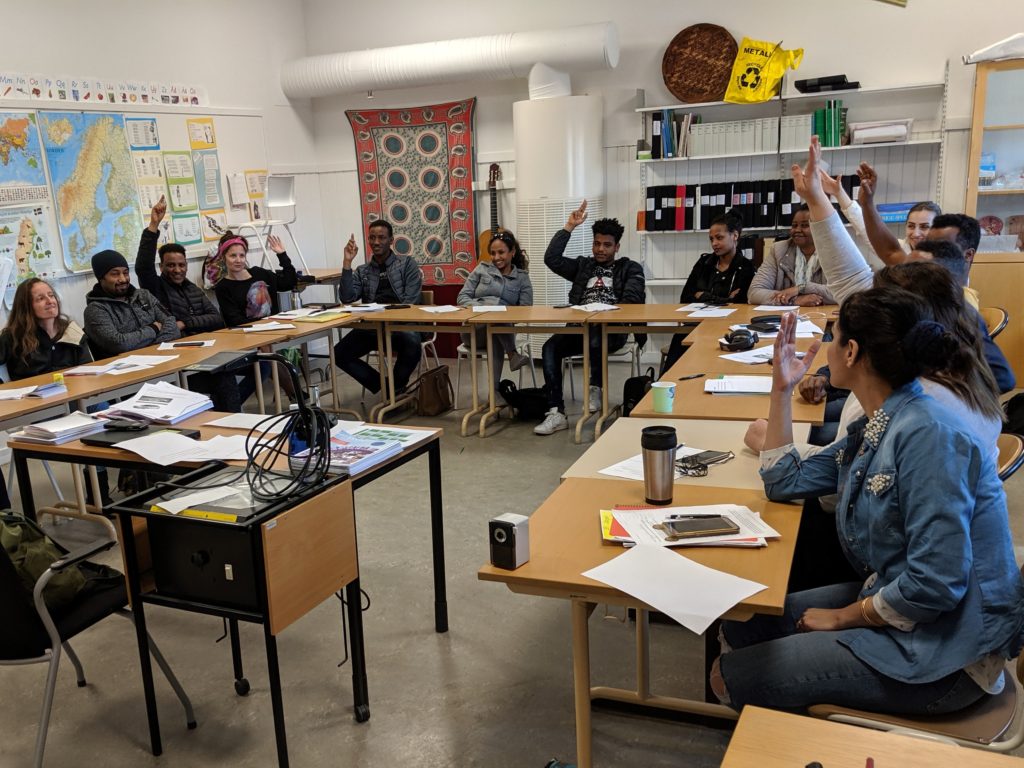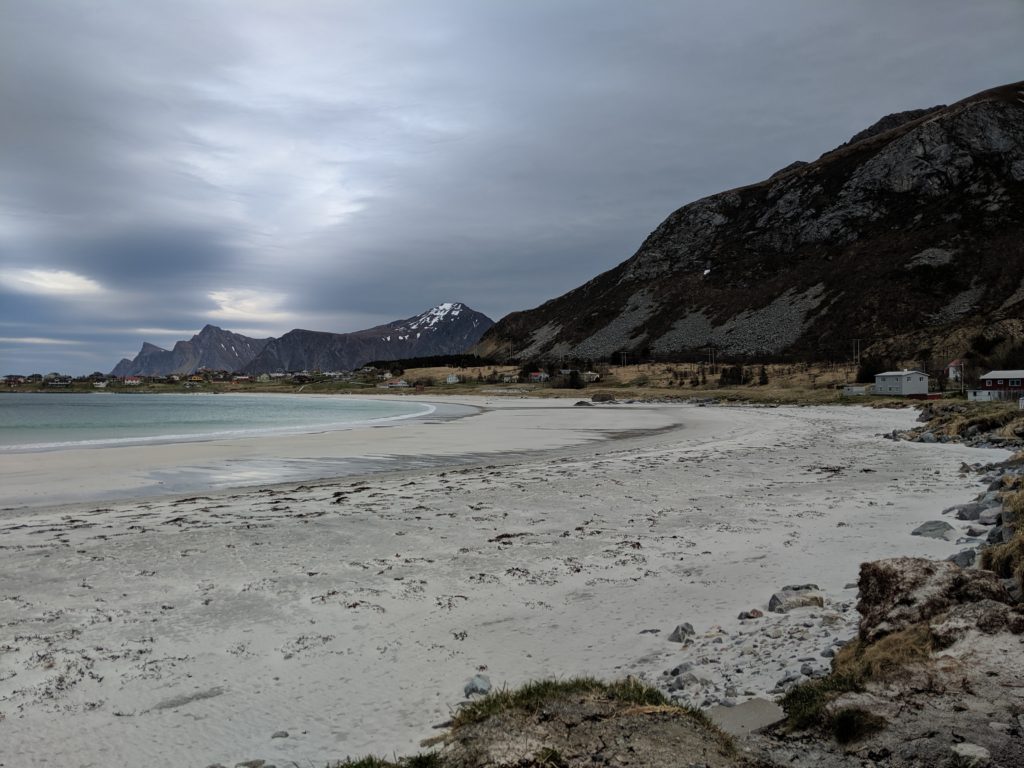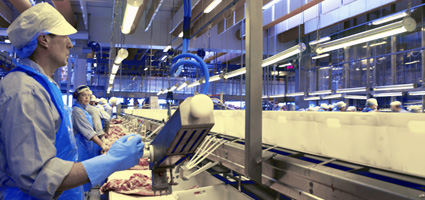
Each of these photos represents a person with skills, talents, obstacles and dreams just like everyone else. That’s the way Åre municipality views refugees coming to their region. “We refer to everyone as newcomers. These people have been through so much as refugees before they get here so once they arrive, they are no longer a refugee and their next chapter begins”, Mattias Sjölundh the head of Åre Kommun’s Newcomer Service told me.
Åre Kommun (Municipal Government), in charge of providing on arrival settlement services, uses this board to track each person’s journey for the first couple of years after arriving in the region. People move between different categories which include the orientation program, Swedish classes, education and training courses, and employment in different companies. Vacant jobs are listed in the right column as they arise to help match potential employees.
It’s a simple yet effective technique which allows staff to retain an individual focus and make sure no-one slips through the cracks. That’s the benefit of coming to a small municipality like Åre as a refugee. “Last year we went through the 400 faces and there were only a handful of people we weren’t sure what they were doing”, Mattias told me.
The friendly team at Åre Kommun takes every opportunity to get to know their new neighbours. Monthly outdoor recreational activities such as cross-country skiing are not only a way to teach newcomers to enjoy (and stay warm!) in Åre’s magnificent nature, but also a way for staff and newcomers get to know one another in a relaxed setting. This is important when it comes to finding the right match for a job.
The team also spends a lot of time working with employers to identify vacancies and understand exactly what kind of employee they are looking for. Knowing the newcomers’ characters and personalities helps place the best person for the job. Thanks to the region’s reputation as a world-renowned ski destination and the growing crowd of mountain bike enthusiasts in the summer, there is no shortage of jobs. While the seasonal nature of work makes it difficult to find year-round employment with one company, the board system helps to coordinate different jobs for people at different times of the year.
“We want them to feel like we’ve been waiting for them, and that we want them here”, Mattias Sjölundh.
The whole system of support for newcomers in Åre is geared toward making an individual welcome which builds on strengths. ‘Former refugees’ aren’t people to be ‘helped’, but a vital part of the region’s growth and prosperity. In 2010 Åre’s population was steadily declining with 10,300 residents, but now thanks to the newcomers it has grown to over 11,200 people.
In Åre, welcoming people means valuing what each and every individual has to offer and finding ways to put this into practice. It’s intensive work, but you can now find a newcomer working within almost every business across the region. And the relationships formed between newcomers, their employers and colleagues pay dividends at a social level and boosts the community’s overall acceptance of newcomers.
Of the many newcomers that have arrived in Åre over the past couple of years, 8 out of 10 people are in employment and 90% have stayed in the town.
When I visited an Intensive Swedish for Immigrants class in Järpen I asked how many people had a Swedish neighbour they are friends with. I was surprised to see 2/3 of the class raise their hands!
A ‘welcoming community’ is a concept that’s difficult to measure but if the students’ response is any indication, Åre’s got something pretty special going on.






